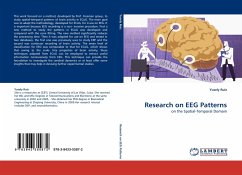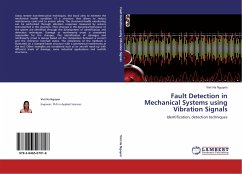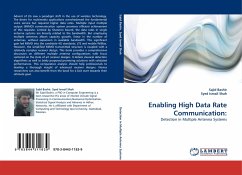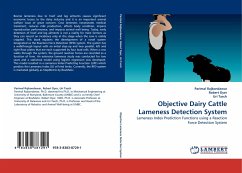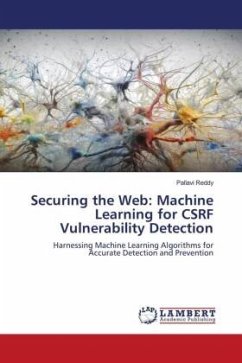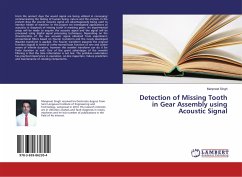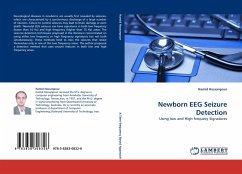
Newborn EEG Seizure Detection
Using low and High frequecy Signatures
Versandkostenfrei!
Versandfertig in 6-10 Tagen
39,99 €
inkl. MwSt.

PAYBACK Punkte
20 °P sammeln!
Neurological diseases in newborns are usually first revealed by seizures, which are characterised by a synchronous discharge of a large number of neurons. Failure to control seizures may lead to brain damage or even death. Neonatal EEG seizures can have signatures in both low frequency (lower than 10 Hz) and high frequency (higher than 70 Hz) areas. The seizures detection techniques proposed in the literature concentrated on using either low frequency or high frequency signatures but not both simultaneously. These methods tend to miss the seizures that reveal themselves only in one of the two ...
Neurological diseases in newborns are usually first revealed by seizures, which are characterised by a synchronous discharge of a large number of neurons. Failure to control seizures may lead to brain damage or even death. Neonatal EEG seizures can have signatures in both low frequency (lower than 10 Hz) and high frequency (higher than 70 Hz) areas. The seizures detection techniques proposed in the literature concentrated on using either low frequency or high frequency signatures but not both simultaneously. These methods tend to miss the seizures that reveal themselves only in one of the two frequency areas. The author proposed a detection method that uses seizure features in both low and high frequency areas.




